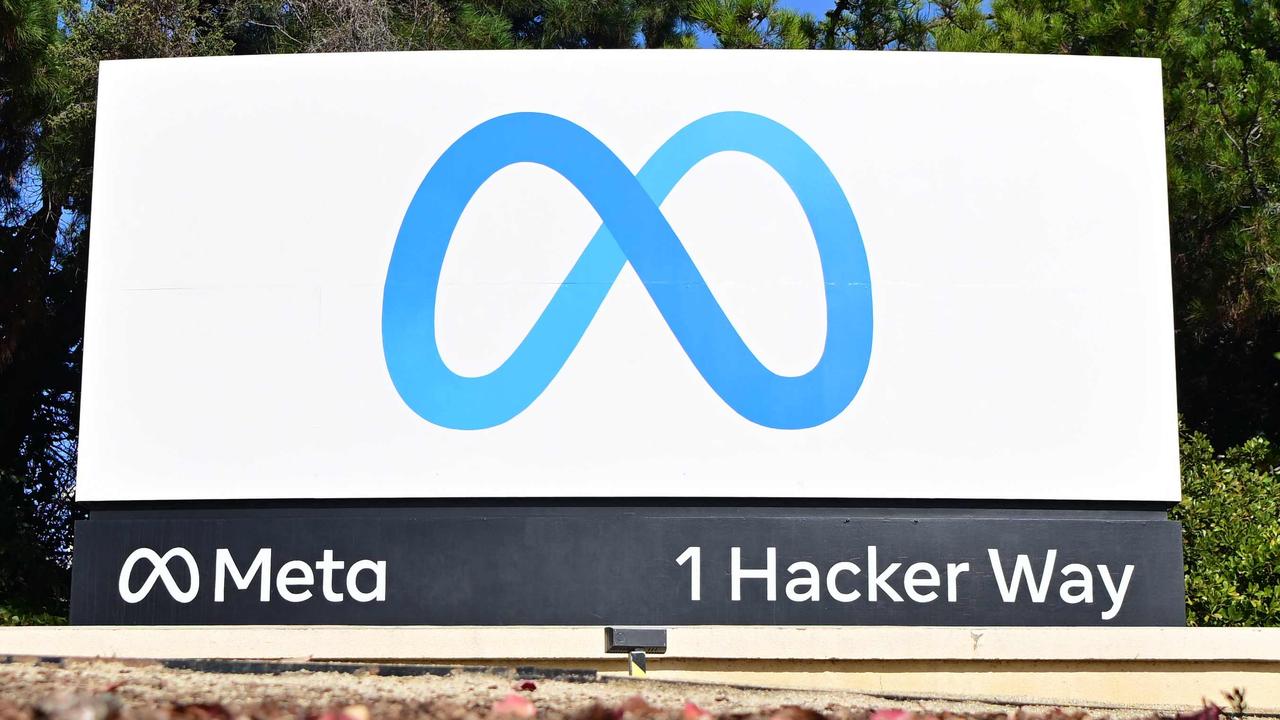Facebook makes billions off ‘stolen’ video views
FACEBOOK is raking in billions of dollars thanks to “stolen” videos, which are boosted by the social media site’s algorithms.
Media
Don't miss out on the headlines from Media. Followed categories will be added to My News.
LAST December, YouTube user Maxime Dehaye captured a stunning slow-motion video at a South African wildlife reserve of a tiger leaping more than six feet into the air to catch a piece of meat.
One day later, Fast and the Furious star Tyrese Gibson had posted it to his Facebook page — which has more than 28 million followers — with the caption: “WOW... Beast mode!! Tyrese #DumbS*** feat Snoop Dogg video world premiere is 1.11”
Mr Dehaye’s original YouTube video has been viewed 3.8 million times. Tyrese’s reposted version, used to obnoxiously promote his single ‘Dumb S***’, has been viewed nearly 82 million times and been shared more than 1.2 million times.
“Tyrese Gibson reposted my video and got 81 million views,” Mr Dehaye wrote on Reddit. “It’s really p***ing me off.”
He was commenting on a video uploaded by YouTube content creators In a Nutshell, which accuses Facebook of raking in billions of dollars of advertising revenue by allowing users to post ‘stolen’ videos.
Facebook’s algorithm prioritises its own videos over YouTube, meaning stolen versions will often have far greater likelihood of being seen as users scroll through their feeds. In the first quarter of 2015, 725 of the 1000 most-viewed videos on Facebook were stolen, totalling 17 billion ‘stolen views’, according to In a Nutshell.
“Quality content takes a lot of creativity, time and love,” the group says. “In our case, a single video literally takes hundreds of hours to make. Even we, with more than a million subscribers, are dependent on the ads and exposure. Without ads, we could not make videos.
“For a small creator, a viral video can mean the difference between a career and a hobby.”
On YouTube, which has a robust Content ID system, this kind of theft is not a problem, they argue. But the combination of Facebook’s notoriously slow copyright processes and the viral nature of content means by the time the original owner manages to get it taken down, it has already received 95 per cent of the views it will ever get.
The social media giant this week announced it was clocking up eight billion video views per day. That figure has doubled since July, when Facebook was trumpeting four billion daily video views.
RBC Capital Markets analyst Mark Mahaney told The Wall Street Journal at the time that he was forecasting Facebook to generate $2.12 billion ($US1.5 billion) in video ad revenue next year, compared with roughly $5.66 billion ($US4 billion) made by YouTube in 2014.
In August, Facebook announced it would soon begin trialling a beta version of a more robust copyright theft detection technology “with a small group of partners, including media companies, multichannel networks and individual video creators”.
Writing on Medium, YouTube creator Hank Green argued even if they do develop a better system, it won’t work as well as Content ID. “Content ID works so well largely because YouTube is good at monetising content,” he wrote.
“So, instead of taking a video down, a copyright holder can claim the video and receive revenue from it. Content ID has claimed millions of videos and is responsible for over a billion dollars in revenue so copyright holders love it. But without a good system of monetisation, Facebook can only remove videos, not send big checks to the owners of stolen content.”
For the copyright holder, he writes, interfacing with a profitless system is “just a pain in the ass with no upside”.
News.com.au has contacted Facebook Australia for comment.
Originally published as Facebook makes billions off ‘stolen’ video views



